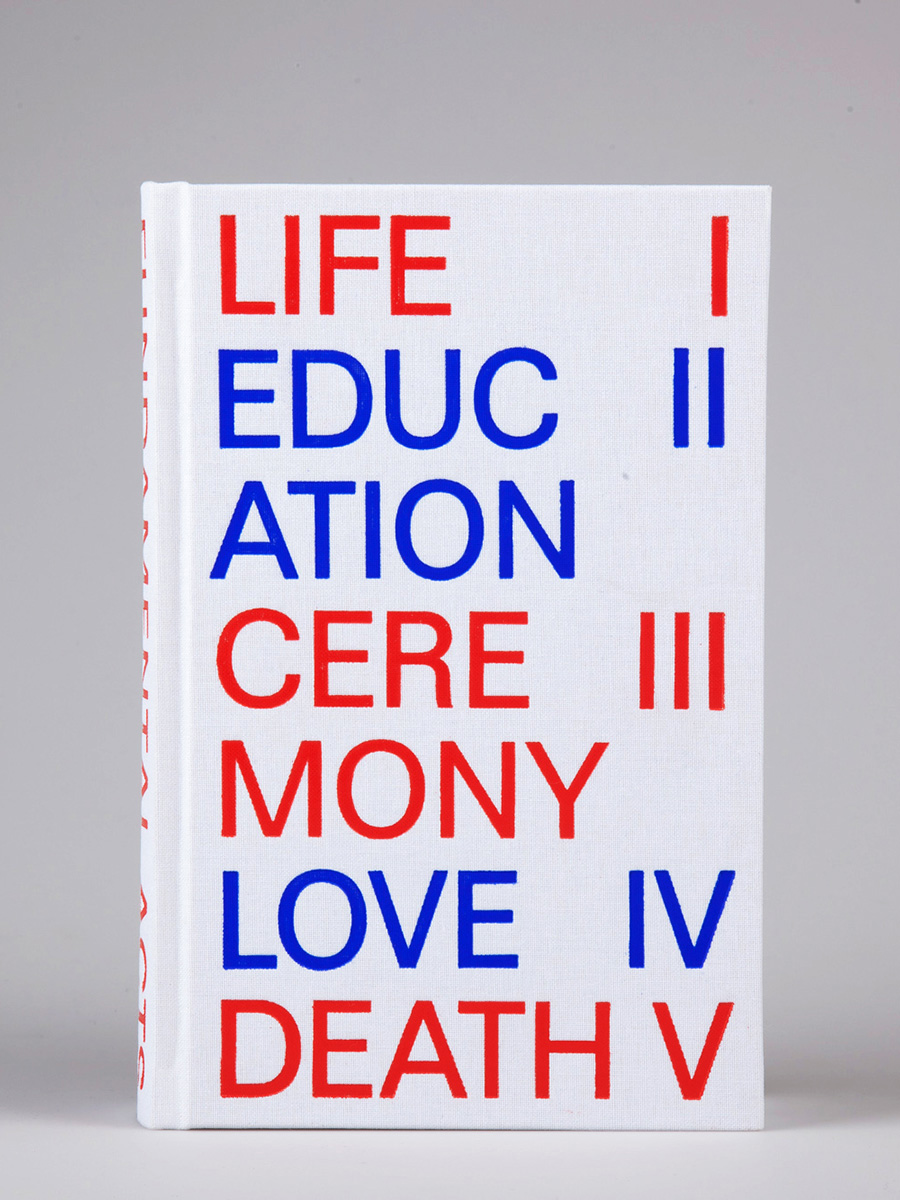2016 FUNDAMENTAL ACTS
FUNDAMENTAL ACTS
order your copy at office@salottobuono.com
The FUNDAMENTAL ACTS propose a collective reformulation of five great themes of the human existence – LIFE, EDUCATION, CEREMONY, LOVE and DEATH – based on a palimpsest provided by Superstudio in 1972.
The FUNDAMENTAL ACTS were conceived as a series of films centered on the relationship between architecture and the acts of human life. The films were sketched in storyboard format and later published as a series of documents on the pages of Casabella. The first of them, Life: Supersurface, was shown at MoMA in the exhibition Italy, The New Domestic Landscape.
The FUNDAMENTAL ACTS contain the possibility of reintroducing a discourse on the relationship between architecture and ritual. They explore the spatiality of rituals and their structure, focusing on architecture as a technology at the service of memory. They fight against the impossibility of producing a truly monumental contemporary architecture. They imagine an architecture that is capable of expressing a complexity that goes beyond – and is inaccessible to – an ingenuous functionalism. They consider architecture not so much as the activity of providing shelter, but rather as the act of constructing something that will oblige us, our sons, the sons of our sons, to remember. They recognize the sweet and enigmatic beauty of many architectures for unknown ceremonies.
The FUNDAMENTAL ACTS have been (re)produced by a group of international contributors. Each contributor submitted a document that investigates a specific act. Every document contains material produced in different formats. It can include a text, a series of drawings, a catalogue of images, an architectural project, a storyboard, photos of models, photos documenting a performance… The number of pages in the document is free.
The FUNDAMENTAL ACTS have been produced by: Andrea Balestrero, Tatiana Bilbao, Stefano Boeri, Ciguë, Nick Ross, Point Supreme, Giovanna Silva, Alberto Sinigaglia, Jean-Benoit Vetillard, 2A+P/A and Davide Sacconi, Aristide Antonas, Fake Industries Architectural Agonism, Joana Rafael, Curtis Roth, Sauter Von Moos, Matilde Cassani, Louis De Belle and Bethan Huges, Go Hasegawa, Aaron Moulton and Jason Metcalf, Productora, Renato Rizzi, The Ship, WAI Think Tank, Laurent De Carniere, Lanza Atelier, Miniatura, Monadnock, Roosmarjin Pallandt, Stefano Zeni and Ester Ghislieri, Baukuh, Giulia Cenci, Ludovico Centis, Michele Marchetti, Marco Scapin, Giancarlo Zampirollo, Ganko, Stefano Graziani, Amedeo Martegani, Thomas Raynaud, Salottobuono.
The documents have been collected in five chapters of a book. The book has been edited in Milan, designed in Venice and exhibited in Mexico City.
edited by: Matteo Ghidoni
with: Giorgio De Vecchi, Nicolò Ornaghi, Francesco Zorzi
copy editing: Steve Piccolo
graphic design: Tankboys
published by: a+mbookstore, Milano
printed in Italy in 500 copies
price: 30€ + shipping (Italy 1,28€, Europe 8€, Outside EU 13€)
order your copy at office@salottobuono.com
